Petrol, Diesel Price Today, 1 Oct 2022: Fuel cost static; check rates in Delhi, Mumbai, Noida, other cities
Petrol and Diesel Rate Today in Delhi, Bangalore, Chennai, Mumbai, Lucknow:The price of petrol and diesel has been kept steady on 1 October 2022 (Saturday), keeping costs steady for more than three months now. The petrol rate and diesel rates in Delhi are Rs 96.72 and Rs 89.62 a litre, respectively. In Mumbai, petrol is retailing at Rs 106.31 per litre and diesel at Rs 94.27 per litre. The last country-wide change in price came on 21 May 2022, when Finance Minister Nirmala Sitharaman announced a cut in excise duty on petrol by Rs 8 per litre and Rs 6 per litre on diesel. Since then, Maharashtra is the only state to have cut rates. The Maharashtra government had announced a cut in value-added tax (VAT) on petrol by Rs 5 a litre and by Rs 3 a litre for diesel in July.
Also read:Foreign trade policy extended by 6 months to March ’23
Also read:India’s retail inflation to exceed 6% until end of 2022, says S&P
Petrol, diesel prices in Chennai, Kolkata, Bengaluru, Lucknow, Noida, Gurugram
Mumbai: Petrol price: Rs 106.31 per litre, Diesel price: 94.27 per litre
Delhi: Petrol price: Rs 96.72 per litre, Diesel price: Rs 89.62 per litre
Chennai: Petrol price: Rs 102.63 per litre, Diesel price: Rs 94.24 per litre
Kolkata: Petrol price: Rs 106.03 per litre, Diesel price: Rs 92.76 per litre
Bengaluru: Petrol: Rs 101.94 per litre, Diesel: Rs 87.89 per litre
Lucknow: Petrol: Rs 96.57 per litre, Diesel: Rs 89.76 per litre
Noida: Petrol: Rs 96.79 per litre, Diesel: Rs 89.96 per litre
Gurugram: Petrol: Rs 97.18 per litre, Diesel: Rs 90.05 per litre
Chandigarh: Petrol: Rs 96.20 per litre, Diesel: Rs 84.26 per litre
Public sector OMCs including Bharat Petroleum Corporation Ltd (BPCL), Indian Oil Corporation Ltd (IOCL) and Hindustan Petroleum Corporation Ltd (HPCL) revise the fuel prices daily in line with international benchmark prices and foreign exchange rates. Any changes in petrol and diesel prices are implemented from 6 am every day. Retail petrol and diesel prices differ from state to state because of local taxes like VAT or freight charges.
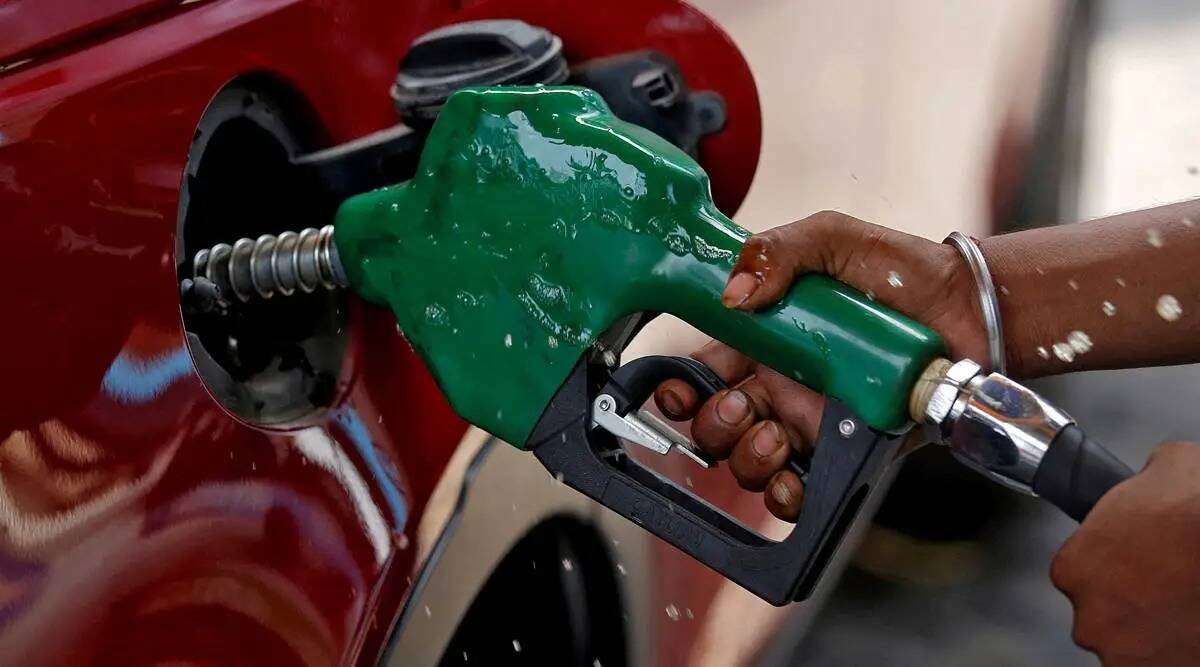
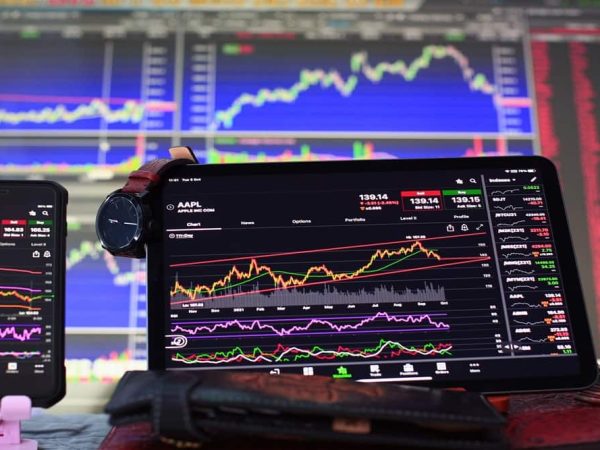
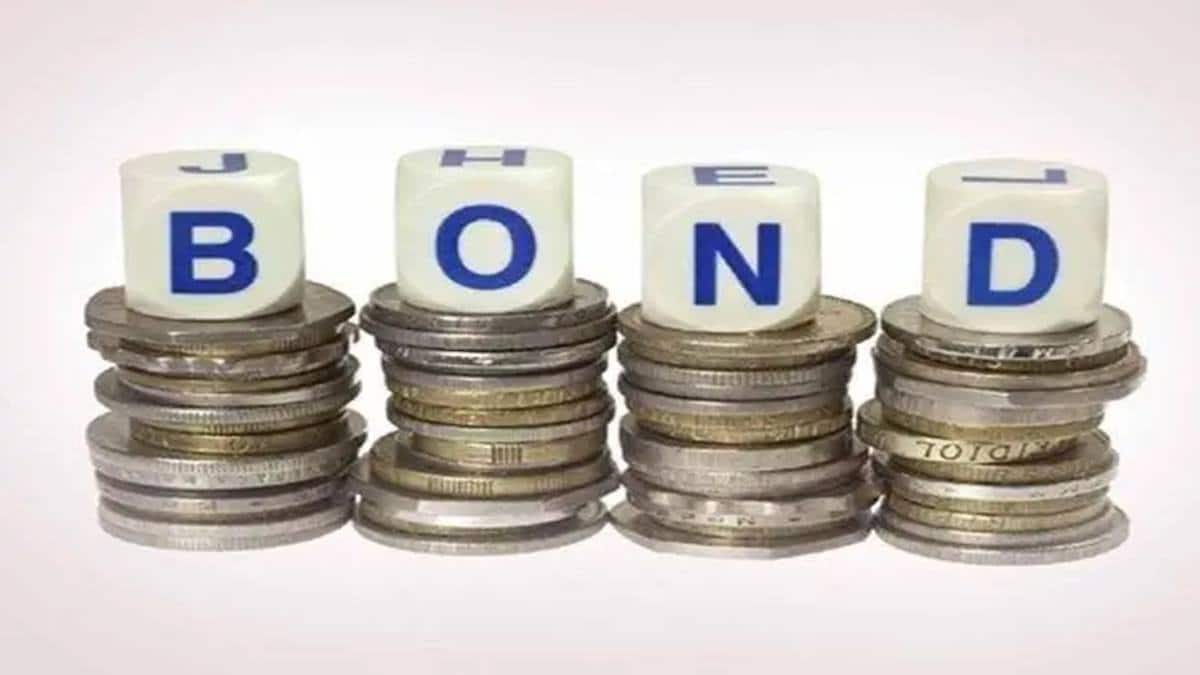
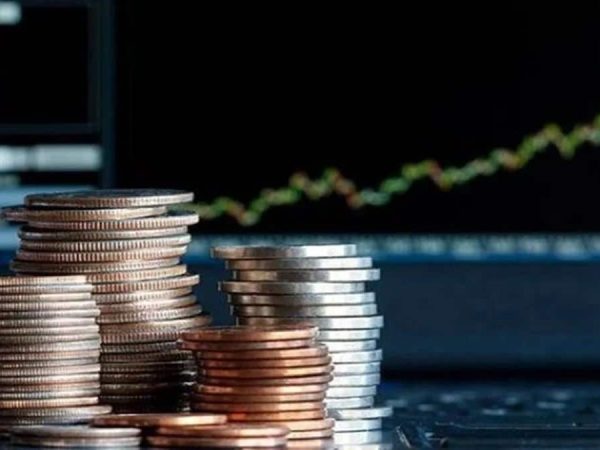
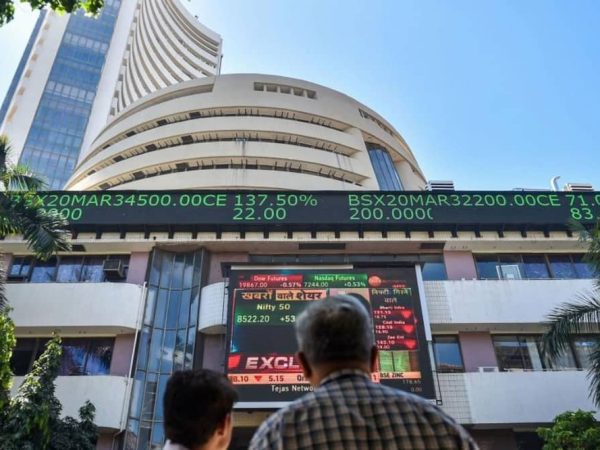
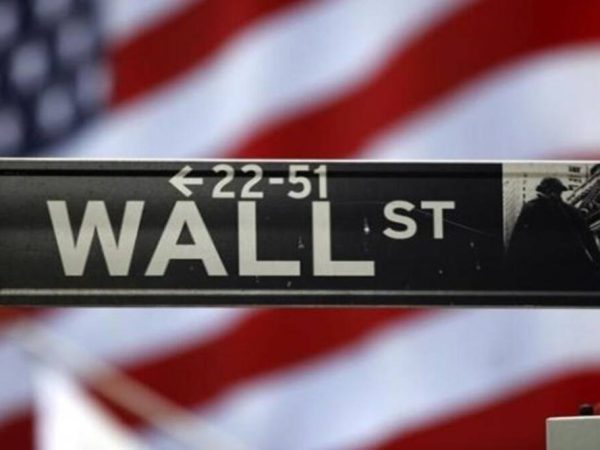
Recent Comments